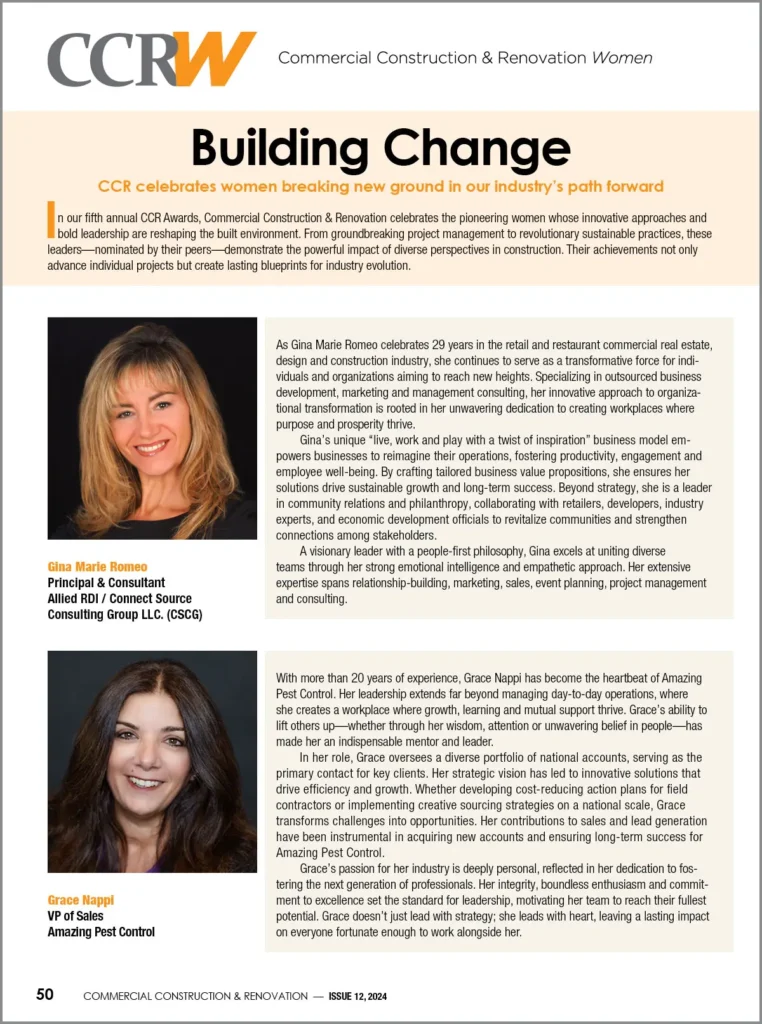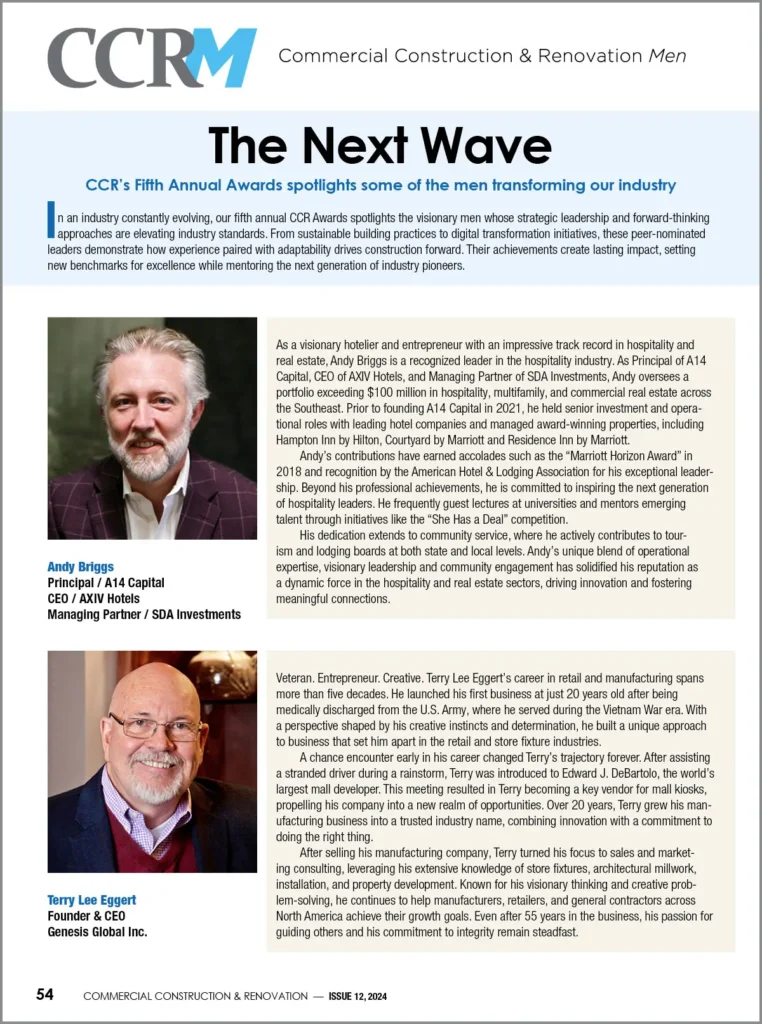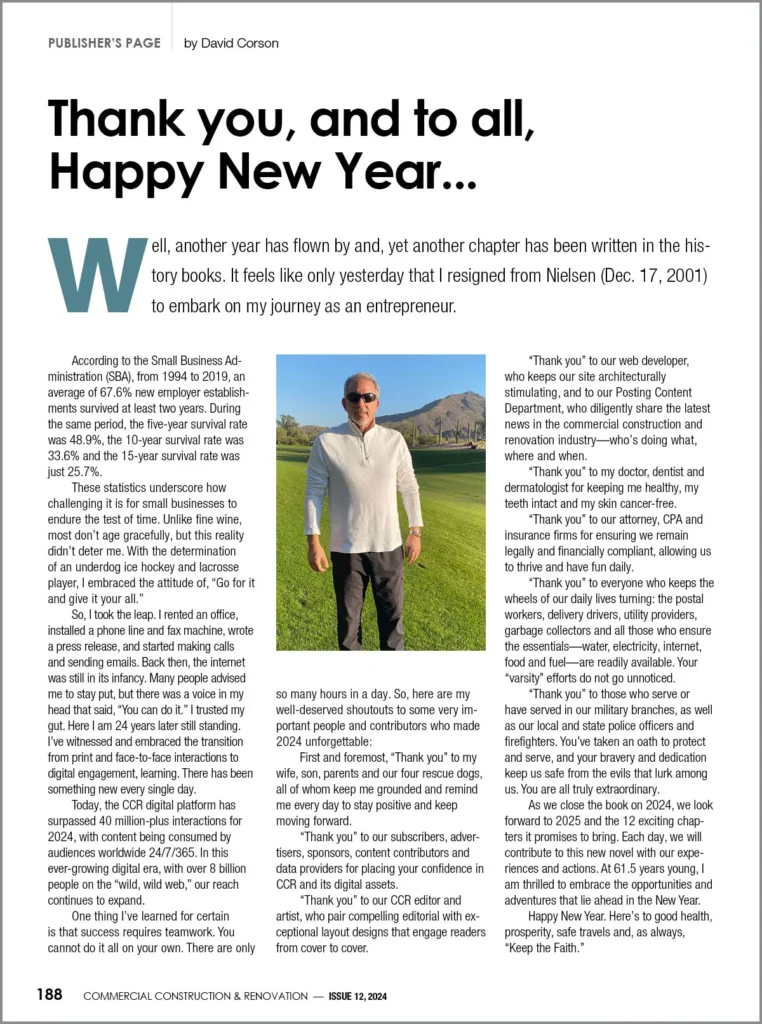In the United States, approximately 45 million people wear contact lenses, a significant portion of whom are employed in industries such as construction. While the construction industry has made strides in enhancing safety protocols, the nature of the work still involves inherent risks. Among these risks are the “fatal four” — getting struck, caught in or between, electrocution, and falls — as well as common eye injuries.
According to the U.S. Bureau of Labor Statistics, there were 18,510 reported eye-related injuries and illnesses among workers in 2020. For construction workers who rely on contact lenses, these statistics underscore the importance of taking extra precautions to safeguard their vision.
This article will guide contact lens-wearing construction workers through the essential protocols, potential hazards, and safety tips to ensure their eyes remain protected on the job.
Protocols for contact lens wearers in construction
In the past, contact lenses were discouraged in industrial settings due to concerns over their safety, particularly when working with respirators or in environments where chemical exposure was prevalent. Before 1988, federal regulations and the American National Standards Institute (ANSI) prohibited the use of contact lenses with respirators and advised against their use in environments with eye irritation or injury risks. However, a shift occurred in 1985 when an Occupational Safety and Health Administration (OSHA)-funded research project conducted by Lawrence Livermore National Laboratories (LLNL) challenged these prohibitions.
The LLNL research concluded that prohibiting contact lenses while using full-face respirators was unnecessary. The study emphasized that workers should have the option to choose between contact lenses and eyeglasses when using such equipment. In response to this and other supporting studies, OSHA revised its regulations, allowing the use of both rigid gas-permeable and soft contact lenses across all workplaces, including those requiring respirators.
Subsequent studies have affirmed that if used properly, contact lenses can be both safe and advantageous in industrial environments. They provide enhanced peripheral vision, which is crucial when navigating job sites where hazards can emerge from various angles. Unlike glasses, contact lenses do not fog up, ensuring clear vision even in humid or temperature-variant environments. Additionally, contact lenses are compatible with most safety equipment, allowing workers to wear goggles, helmets, and masks without discomfort or visual obstruction.
With the rise of online retailers, contact lenses have also become more accessible and convenient for construction workers. ContactsDirect, for one, carries a wide selection of lenses ranging from multifocal and bifocal to toric contacts to suit various needs. Workers can now find contact lenses online tailored for extended wear from Air Optix, UV protection from Acuvue, or even Clariti lenses designed to stay comfortable in dry, dusty environments common on construction sites.
Eye health hazards in construction
Despite the safety benefits contact lenses provide, construction workers must remain vigilant about potential hazards that can affect their eyes. The construction industry exposes workers to various dangers, particularly when working with materials or in environments that can harm the eyes.
For instance, OSHA does not recommend wearing contact lenses when working with specific chemicals, including acrylonitrile, methylene chloride, ethylene oxide, and methylene dianiline. These substances can cause severe eye irritation or injury, and wearing contact lenses in such environments can exacerbate the risk.
Construction workers also face numerous physical hazards. The most common eye injuries result from scrapes or strikes, where particles like dust, cement chips, or wood slivers come into contact with the eyes. These particles can be projected by tools, carried by the wind, or fall from above, leading to potential scratches or more severe injuries.
Impact and penetration injuries, such as those caused by staples, nails, or metal slivers, are more severe and often require emergency medical attention. Thermal burns pose another risk, especially for workers who use tools that emit heat, like blowtorches, or are exposed to hot surfaces and materials. Meanwhile, welders are vulnerable to burns from the arc welding process, which emits UV rays and bright flashes that can damage the eyes.
Safety tips for contact lens wearers
To minimize these risks, contact lens-wearing construction workers should follow these essential safety tips:
Wear proper PPE
While OSHA permits the use of contact lenses in all workplaces, they must be used in conjunction with appropriate industrial safety eyewear. The Code of Federal Regulations requires that contact lenses be paired with safety goggles or glasses that meet the ANSI Z87.1 standard. This standard ensures that the eyewear can protect against high-velocity impacts, as well as other hazards like radiation, particles, and droplets. By wearing ANSI-certified safety goggles, such as those from Stoggles or Honeywell, over contact lenses, workers can provide their eyes with an additional layer of protection against potential injuries.
Use eye drops for moisture
Dry eyes are a common issue for contact lens wearers, especially in environments with dust or debris. A study published in Clinical Optometry indicates that 70% of contact lens users report discomfort by the end of the day, with dry eyes being the most common symptom. To combat this, construction workers should use lubricating eye drops to keep their eyes moist throughout the day. Products like TheraTears Extra Dry Eye Therapy and Refresh Contacts Comfort Drops are effective solutions that can provide long-lasting hydration and reduce discomfort.
Avoid overwearing contact lenses
Contact lens overwear can lead to serious eye health issues, including corneal damage. A case highlighted in the Review of Optometry reported an incident in which a construction worker experienced a corneal injury, not from an external hazard but from overwearing his contact lenses. To avoid such risks, it is crucial for workers to remove their lenses at the end of the day and adhere to the recommended wear time. Daily contact lenses should not be worn for more than 16 hours to prevent discomfort and potential injuries.
With the right precautions, contact lenses can be a valuable tool in the construction industry, providing clear vision and comfort without compromising safety. For more useful guides like this, visit the Commercial Construction & Renovation Magazine website.
































